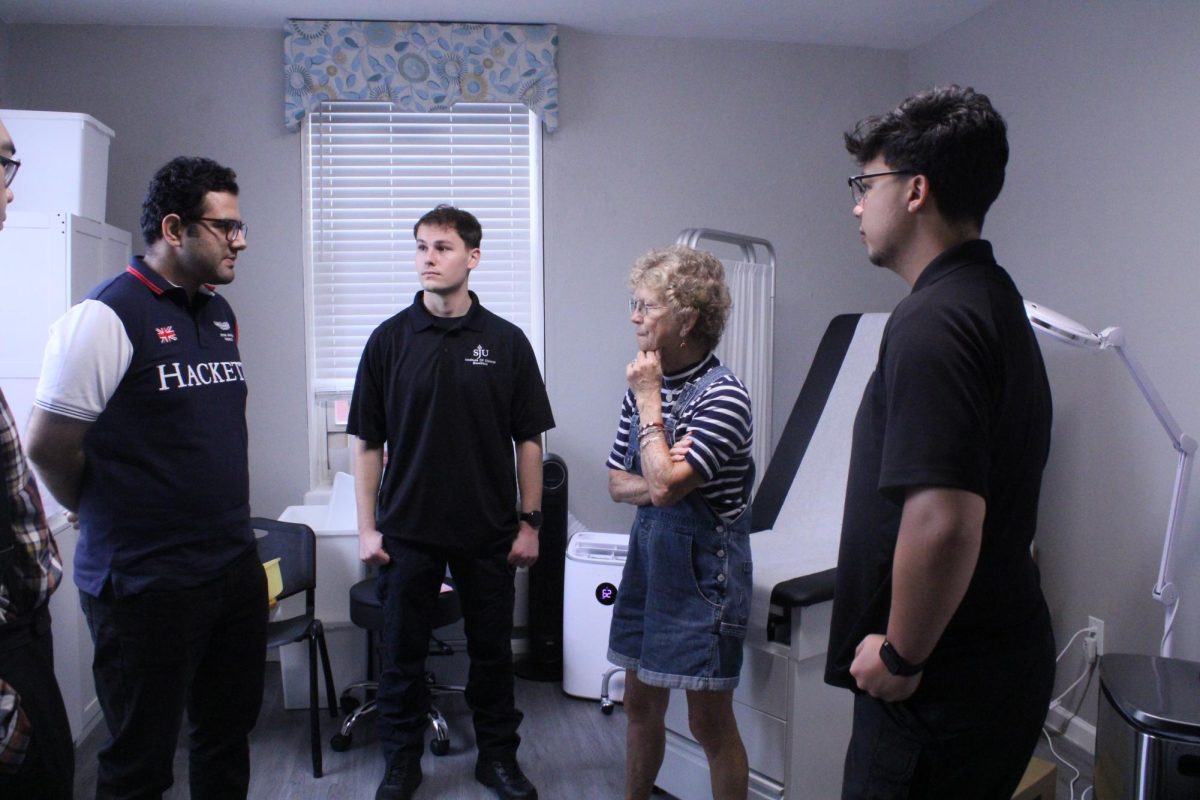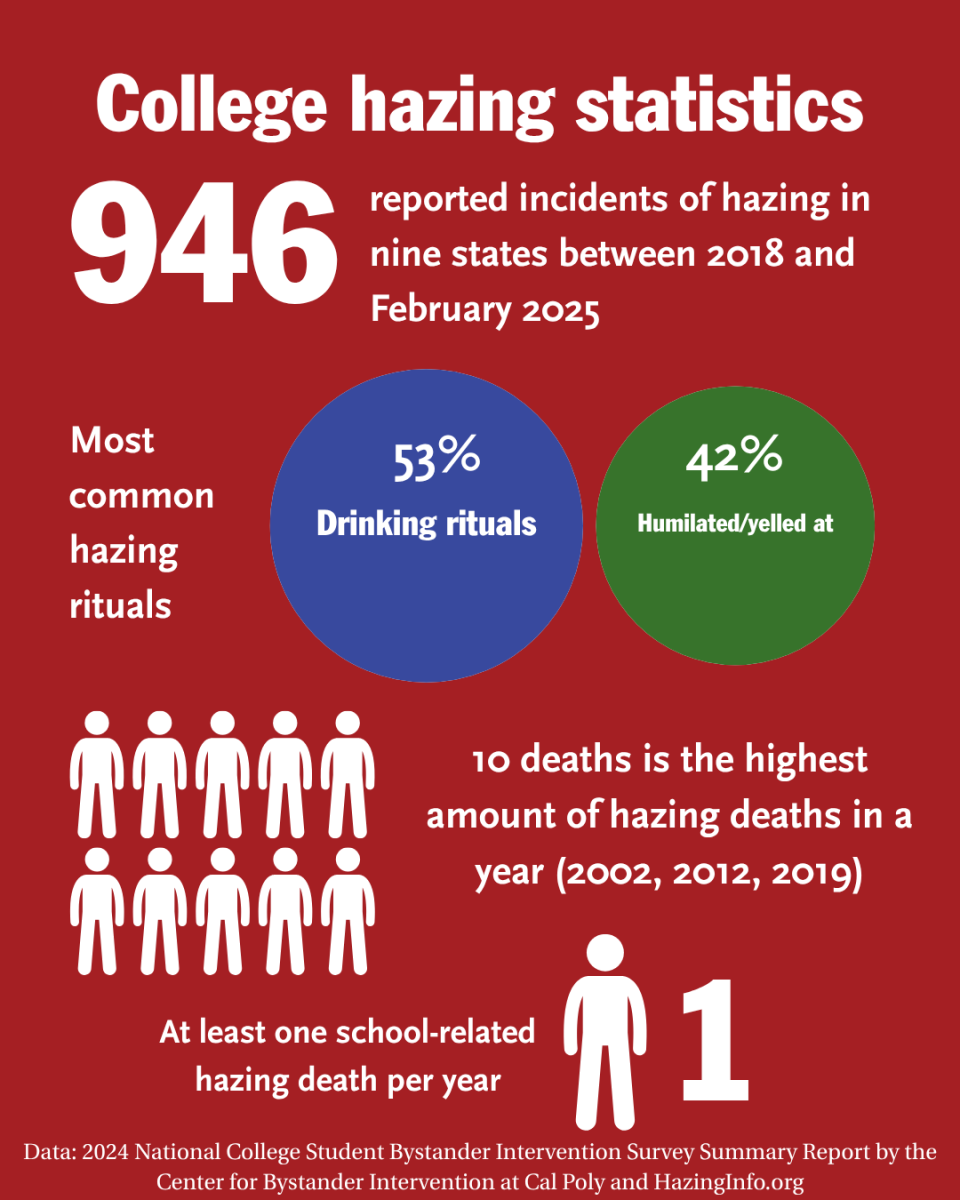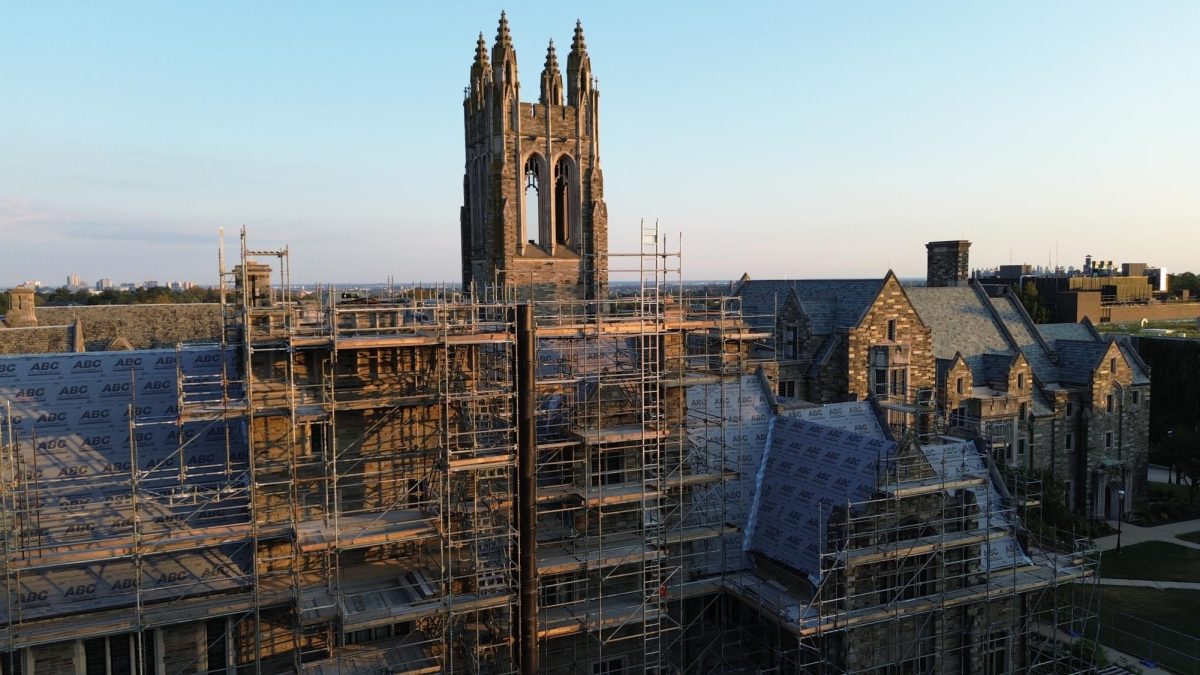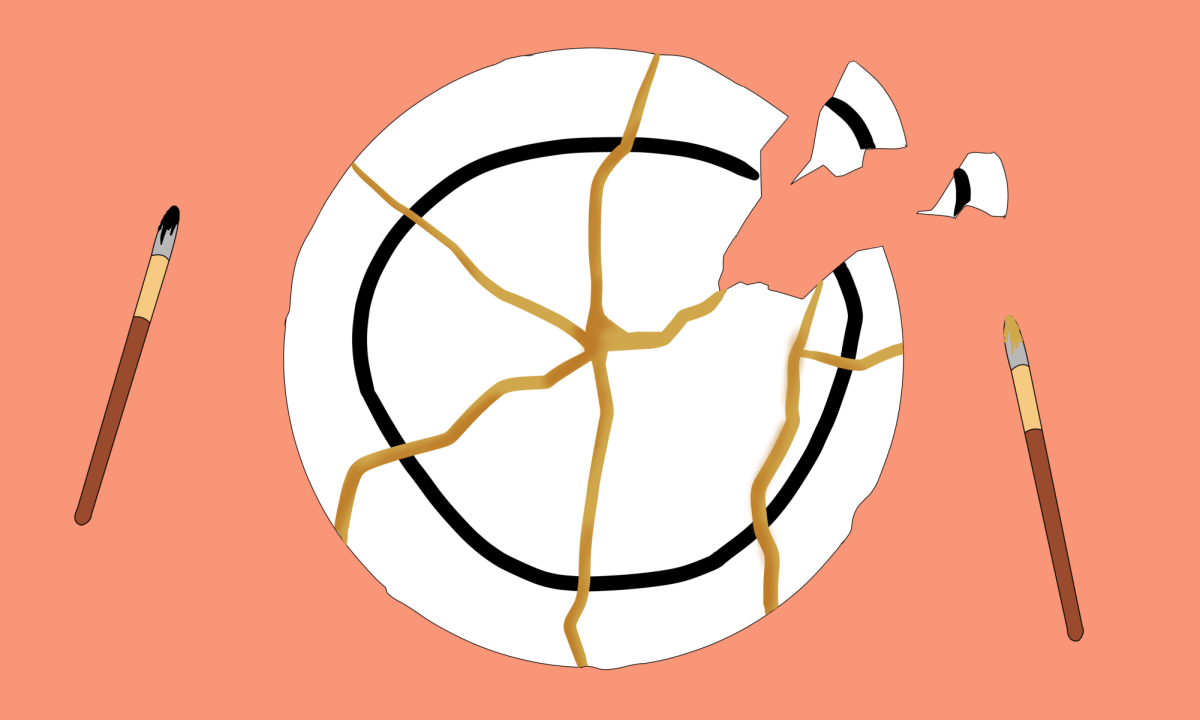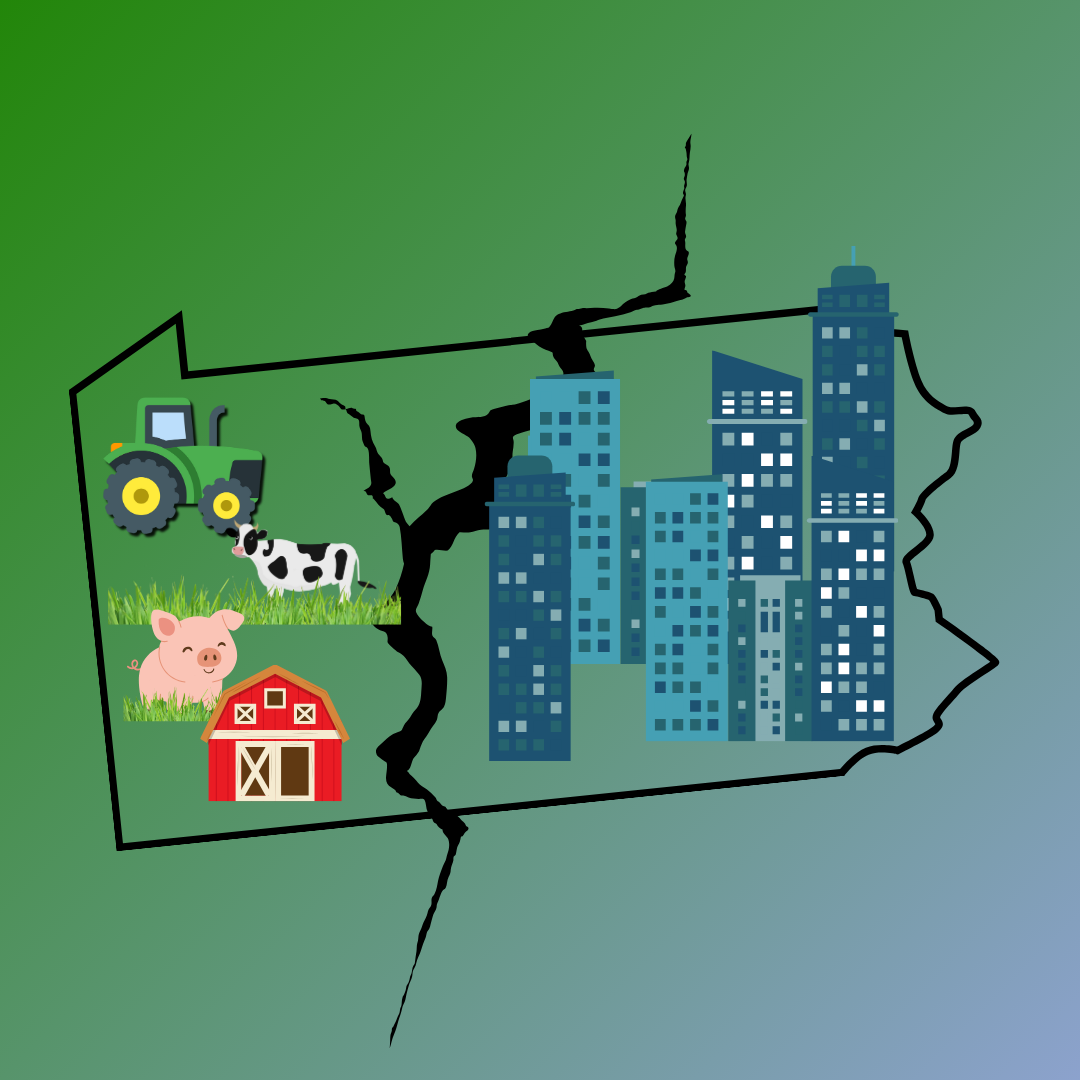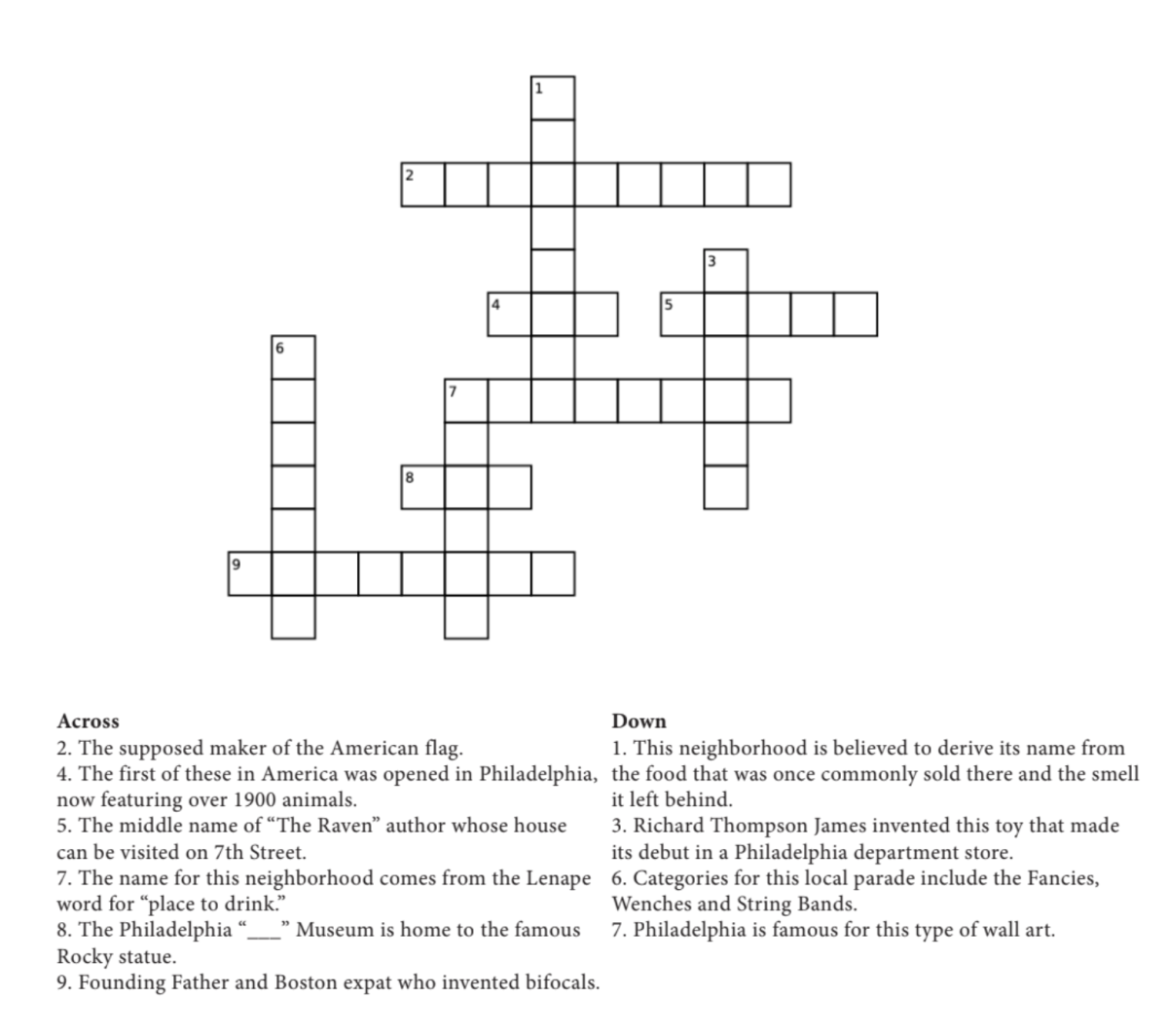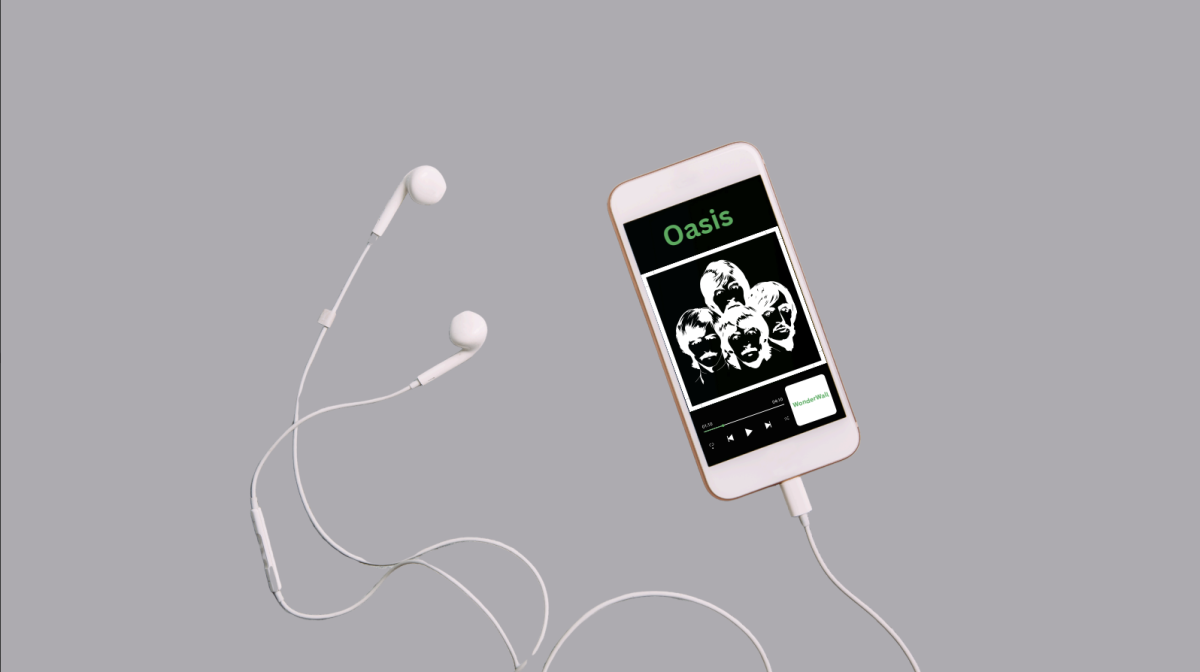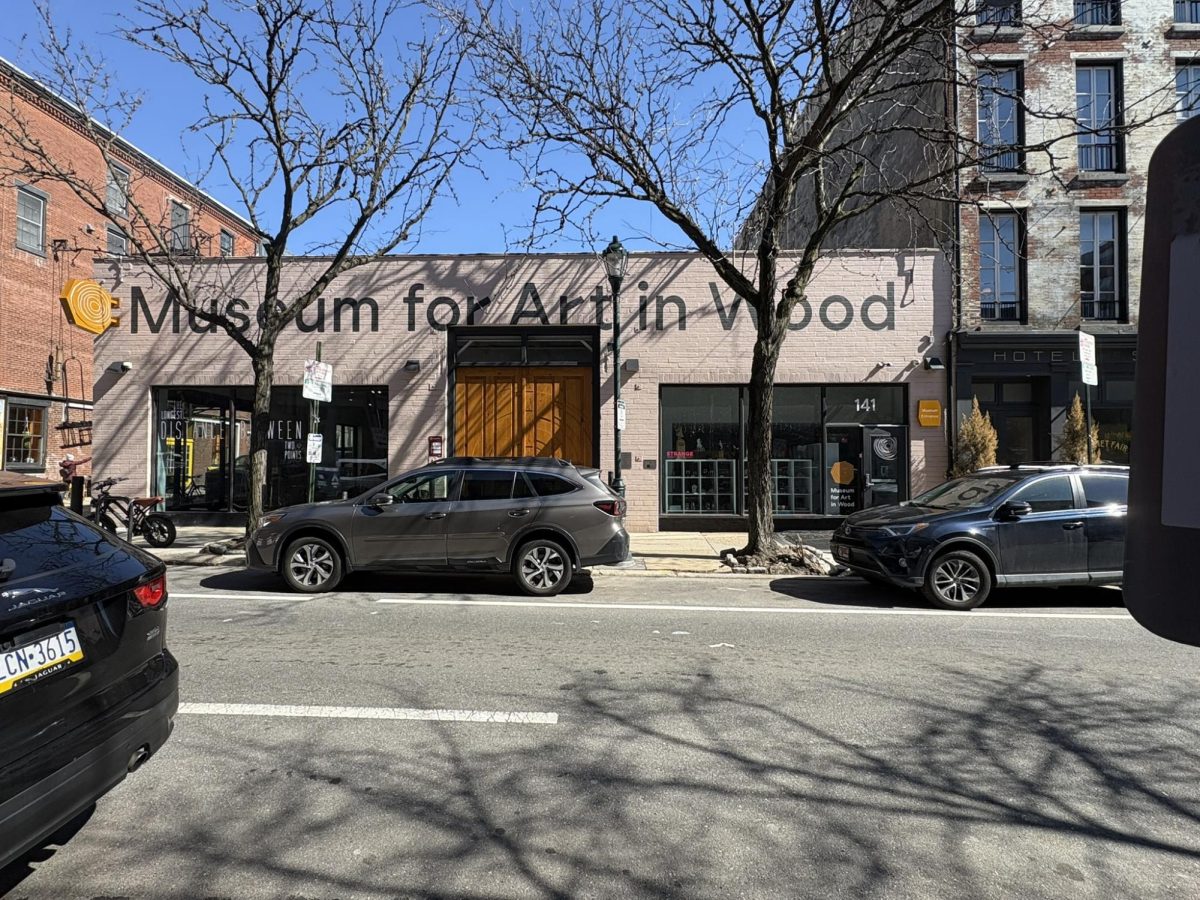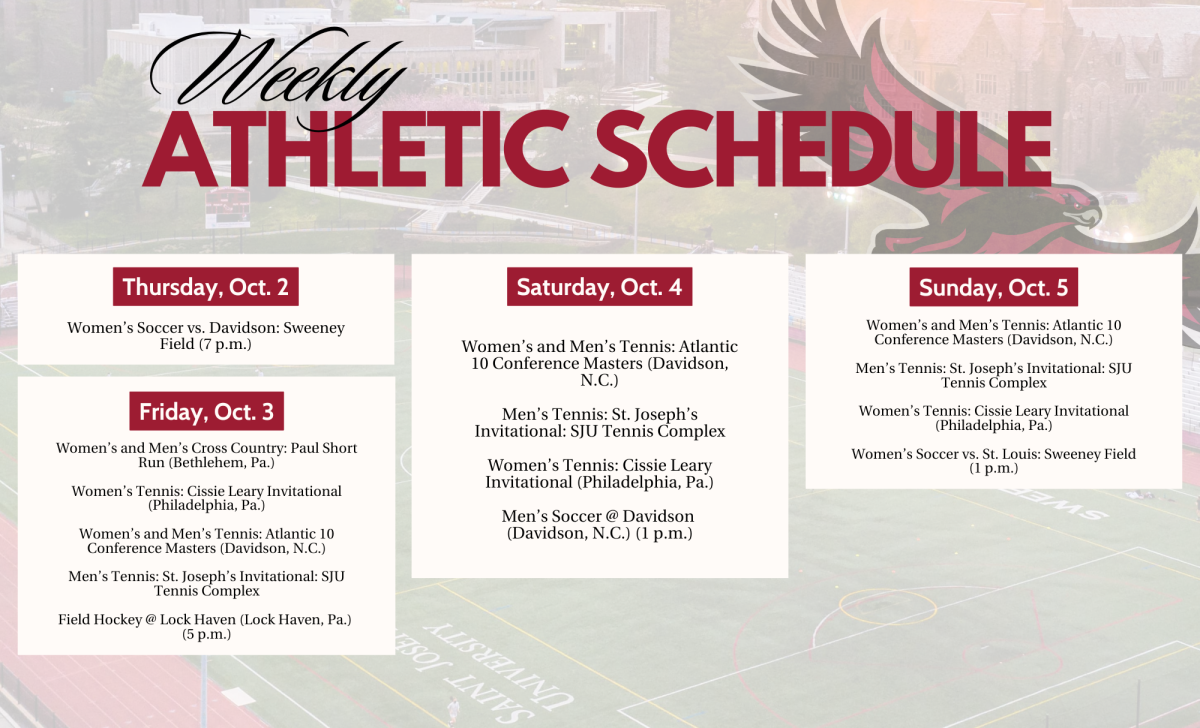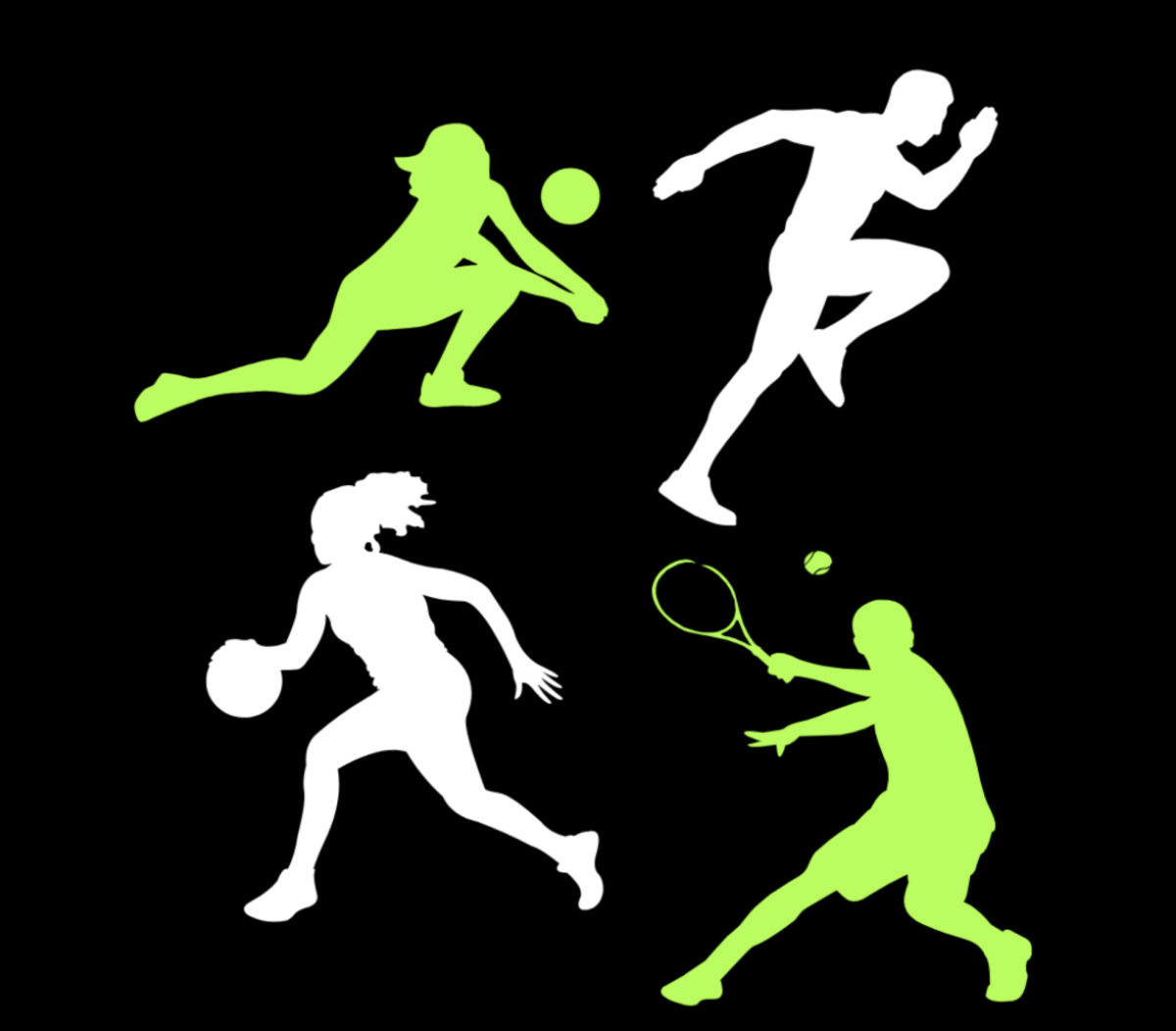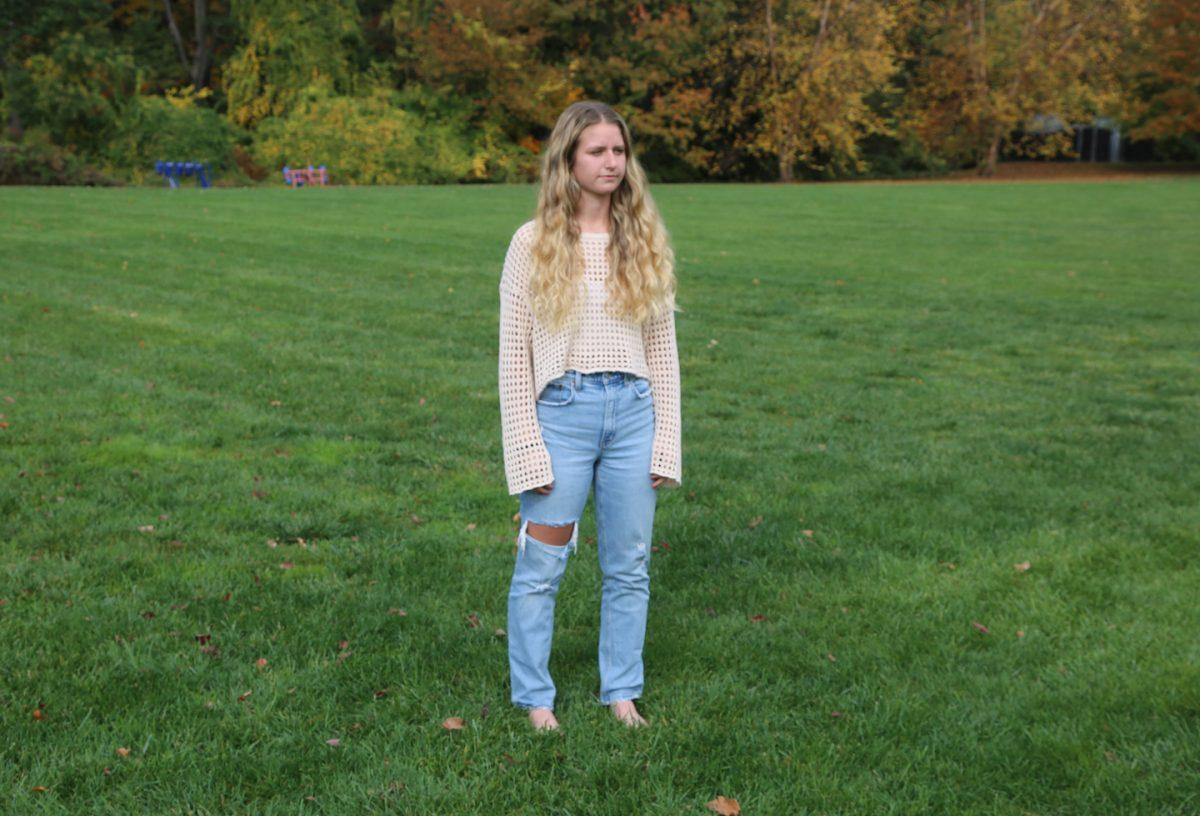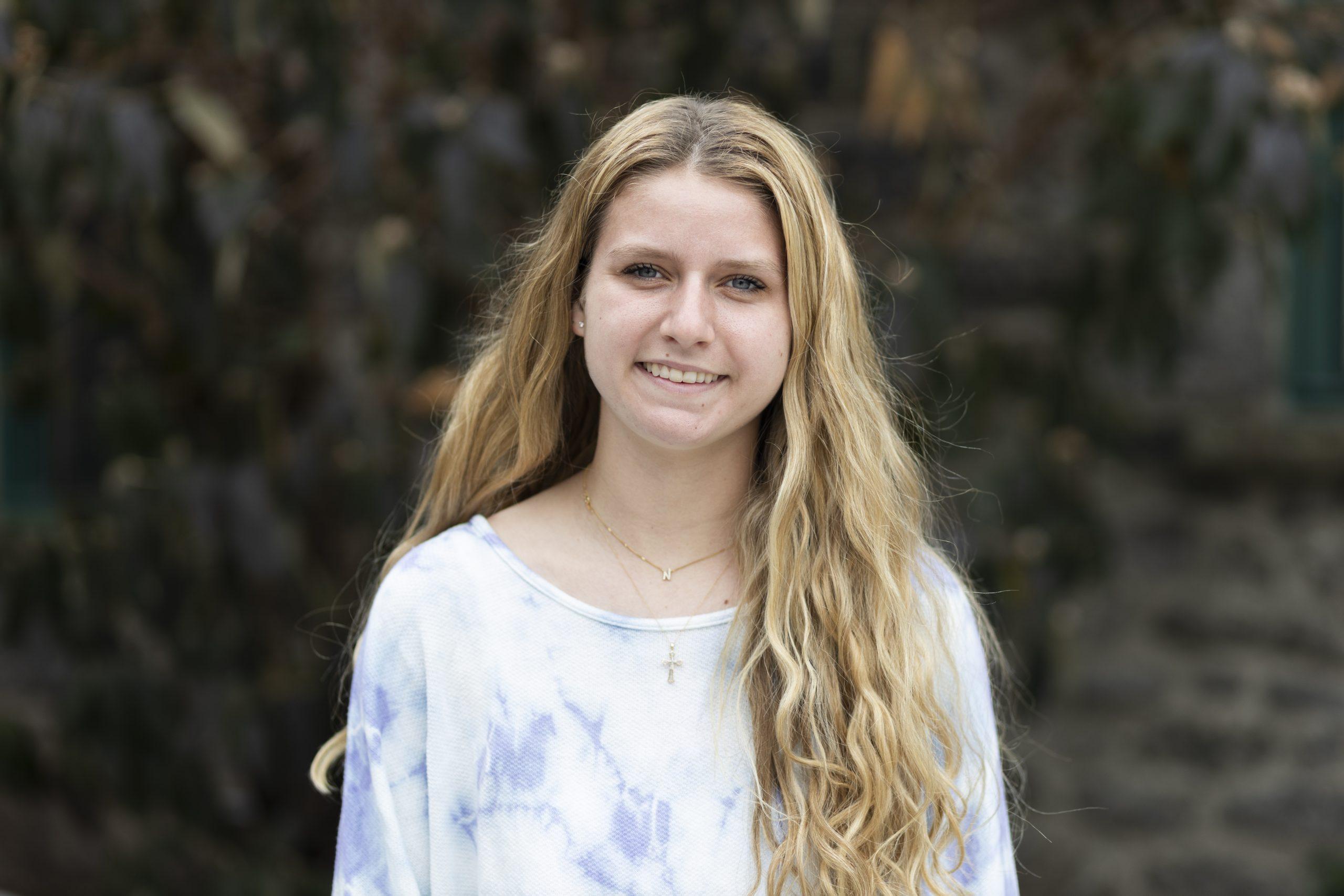Eyes closed, my bare feet skimming the grass, I grounded myself in an enigmatic act of nothingness.
The longer my feet stayed connected to the Earth, the farther I was transported into a world of zen, as if I were visiting the Borobudur Temple in Indonesia, the largest and most famous Buddhist temple in the world.
Except I hadn’t traveled continents. Instead, I was perched outside of my off-campus house in Wynnewood, shoeless and sockless in my pajamas, giving the churchgoers across the street and the SEPTA buses chugging by a real sight to see.
Grounding, otherwise known as earthing, is one of the top wellness trends in 2023, according to Glamour Magazine.
My father, who has been persuading me to try grounding for the past six months, stands in our backyard in West Orange, New Jersey, every morning for 15 minutes three to four times a week, persistently made fun of by my mother but nonetheless starting his day off on the right foot. Wink. Wink.
Over the years, I have frequently heard the phrase “touch grass,” which means to get your chaotic day or life back on track by going outside. Grounding is a literal form of “touching grass,” connecting you with the energy of the Earth.
Anthony Carracino, a specialist in ARPWave neuro therapy based in Livingston, New Jersey, said grounding is about connecting to the Earth’s frequencies, known as Schumann’s resonance.
“Schumann’s resonance is the heartbeat of the Earth,” Carracino said. “It’s 7.83 hertz, so when you’re grounding, you are connecting to the heartbeat of the Earth,” Carracino said. “The health of our planet is the health of us.”
All three of my soccer coaches at St. Joe’s are big fans of grounding. Prior to the Atlantic-10 semifinal last season, Assistant Coach Tori Corsar invited all of us to take off our cleats and socks and walk across the field we would be playing on the next day in order to bring positive energy to our team. Despite initially looking at her like she had five heads, all 25 of us followed her instructions and proceeded to traverse across the grass field.
At the time, it provided a fun but weird bonding experience, but I’m not sure that I was convinced of the actual benefits of grounding at the time.
After battling an ongoing ankle injury this soccer season, however, I was eager to evaluate the physical benefits of grounding and tried grounding for the first time in early October.
Tracy Latz, M.D., an integrative psychiatrist in Mooresville, North Carolina, said grounding benefits the body’s ability to heal and rebalance itself.
“By connecting with the Earth, those negative ions will begin to move through your body and up to any area that’s positively charged or has any inflammation, which could be joints and muscles,” Latz said. “Earthing, we know, not only lowers cortisol levels, which allows you to rest better, it also improves rates of healing.”
Grounding experts like Latz tick off a long list of health benefits, including improved sleep, stress reduction, pain relief, immune support, improved cardiovascular function and faster recovery from muscular strain.
Grounding not only helps your body physically, it can also benefit your body mentally and emotionally, said Jeannie Salazar, otherwise known as “og.goldi” on her social media platforms. Salazar, who began grounding when she was 5 or 6 years old, said grounding has had a profound influence on her life through difficult times.
“The benefits from it are just monumental,” Salazar said. “It was a key component to the evolution and the healing of trauma, abuse, childhood trauma, things that were really debilitating for me.”
In fact, at her internet-based practice, The Mediation Garden, Salazar helps guide people out of their stress through grounding. Salazar works specifically with college and professional athletes who do grounding as part of their homework for her. In the case of one college soccer player, she said she instructs him to ground after games.
“Whether they win or lose, I will say to him, ‘take off your cleats, take everything off, I want you to find the nearest field where nobody’s at, and I want you to walk in a large infinity circle for 10 minutes just by yourself,’” Salazar said. “Putting your feet in the grass in the soil of the Earth is so incredibly healing, and it brought his anxiety down significantly.”
Scott Sokoloski, Ph.D., director of Counseling and Psychological Services (CAPS) at St. Joe’s, said CAPS staff can help students figure out which grounding techniques might work for them and how to practice them.
“The goal of grounding is not to solve the issues that are troubling us but to help us recognize that we have a sense of control over how we feel and think and to provide us with skills to regain that control,” Sokoloski wrote in response to written questions.
Although it certainly was not an overnight fix, I was pleasantly surprised by the visible difference I felt in my previously injured ankle and my overall wellbeing after I began grounding. I sleep like a baby at night and have discovered a newfound energy in myself the next day, along with significantly less pain in the ligaments where I originally hurt myself.
Sokoloski also mentioned what I found, too: that anyone can ground anywhere.
“The great thing about grounding techniques is that most of them can be used wherever you are,” Sokoloski said. “You learn which techniques help you to manage your own personal challenges, and if they happen in class, when you’re with friends, or when you’re at home at the end of the day, you can tap into those skills to help you cope and refocus on the present.”
Even more than providing me with an accessible form of recovery, touching grass has allowed me to slow down the hectic pace at which I live my life as a student-athlete.


